Download Voting with a Difference, our free, straightforward guide to voting in the 2019 federal election. Pages 16 to 21 have information about the ID you’ll need for voting. The guide has all kinds of other useful information, too!
What ID do I need to bring with me to vote?
When you go to vote, you will need to prove who you are and where you live. To do this, you will need to bring some identification (ID). There are a few different ways you can use ID to prove who you are and where you live.
Have your ID ready to vote
Option 1
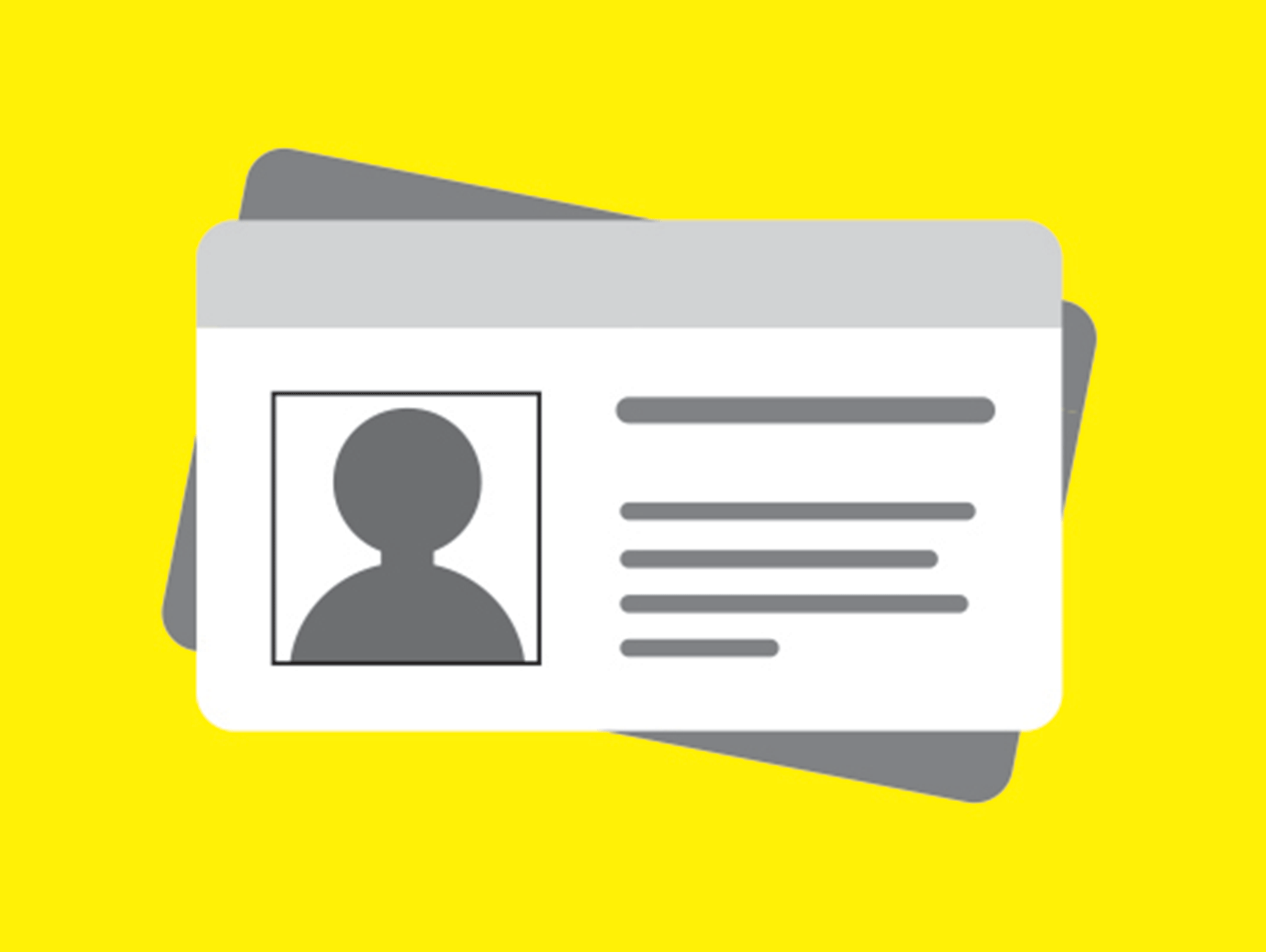
Show one of these pieces of ID
- your driver’s licence
- any other card issued by a Canadian government (federal, provincial/territorial or local) with your photo, name and current address
Option 2
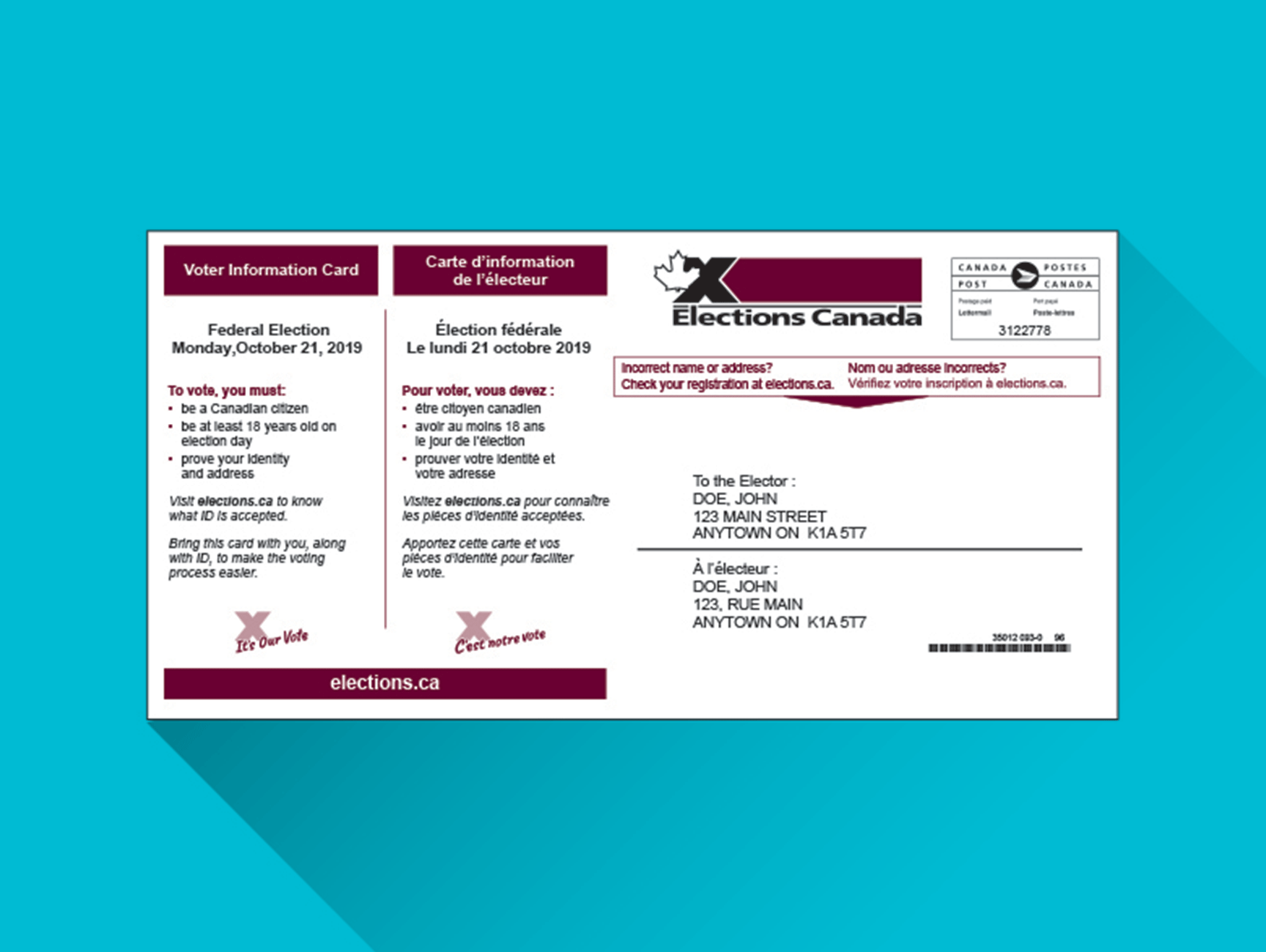
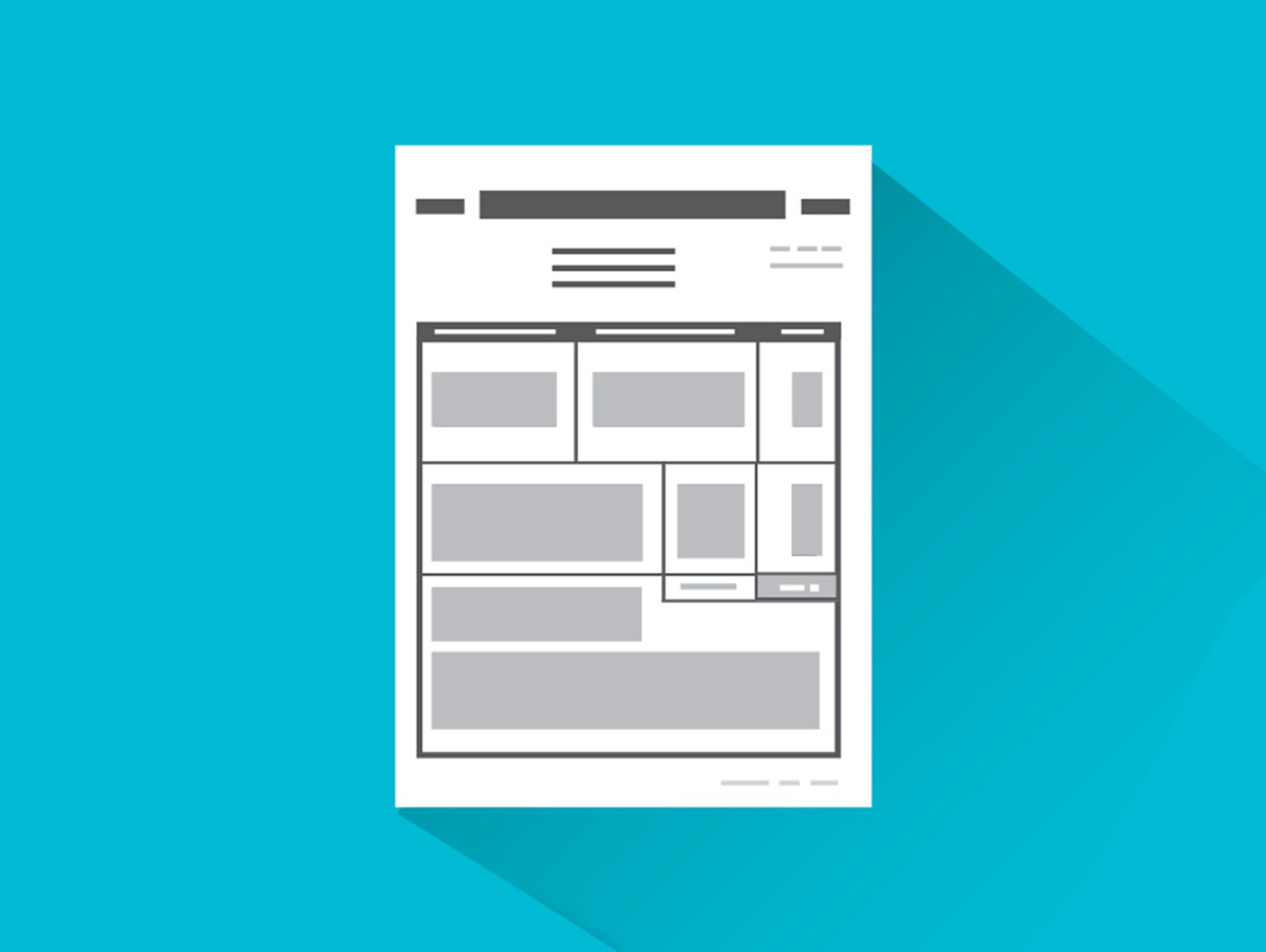
Show two pieces of ID
Both must have your name and at least one must have your current address
Examples:
- voter information card and bank statement
- utility bill and student ID card
Don’t have these? No problem!
There are other pieces of accepted ID
Check out the full list at elections.ca
Option 3
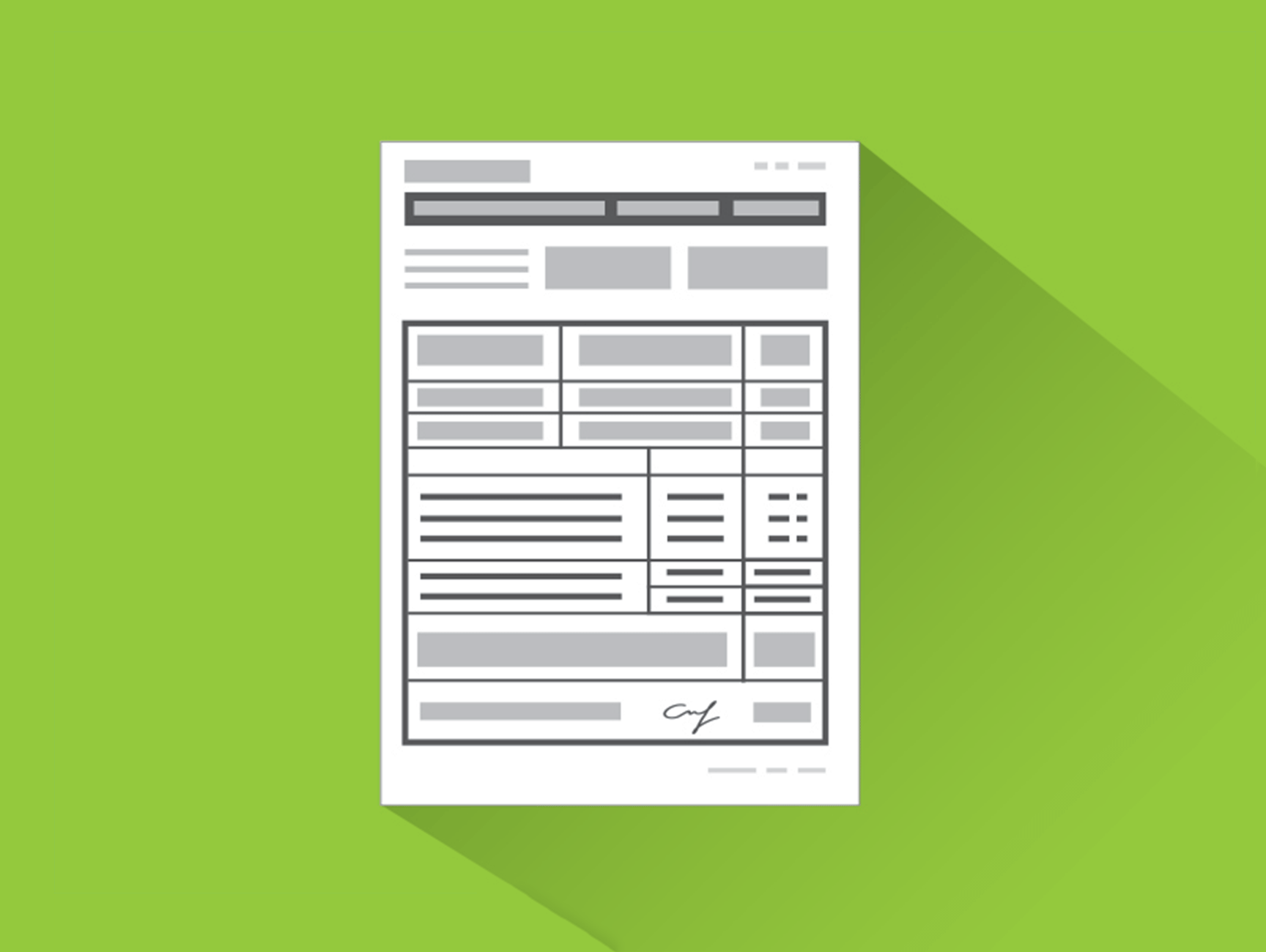

If you don’t have ID
You can still vote if you declare your identity and address in writing and have someone who knows you and who is assigned to your polling station vouch for you.
The voucher must be able to prove their identity and address. A person can vouch for only one person (except in long-term care institutions).
Things to consider when choosing what piece of ID to bring:
- You can bring original ID cards or documents, including statements or invoices you may receive electronically.
- If you are using electronic documents, you can print them or you can show them on your mobile device.
- You can use expired pieces of ID.
- You can use two pieces of ID from the same source as long as the documents are for different things. Example: an invoice and a transcript from the same school.
- You can use your up-to-date voter information card to prove your address. You will still need another piece of ID with your name.
- For a piece of ID to be accepted, your name and/or address must be printed on the document. They can't be added by hand unless they are added by the issuer of the document, like a residence administrator. For example, a current or expired Canadian passport may be used as a proof of identity (your name) but not as a proof of address, because the passport holder writes their current address by hand in the passport.
Some people may have trouble proving their address. If you live in or receive services from any of these places, you can ask for a letter of confirmation of residence. This includes:
If you need a letter of confirmation of residence:
Your place of residence or home address is where you ordinarily live, where you think of as home or have adopted as home.
Temporary absence
If you leave your home temporarily (for school, work or any other reason) but intend to return to it, it can remain your place of residence. Once you've decided on your place of residence, bring ID with that address when you go to register and vote.
Accepted ID
Here’s a full list of accepted ID. Click here for a printable list.
From a government or government agency
- band membership card
- birth certificate
- Canadian citizenship card or certificate
- Canadian Forces identity card
- Canadian passport
- Card issued by an Inuit local authority firearms licence
- Government cheque or cheque stub
- Government statement of benefits
- Health card
- Income tax assessment
- Indian status card or temporary confirmation of registration
- Library card
- Licence or card issued for fishing, trapping or hunting
- Liquor identity card
- Métis card
- Old age security card
- Parolee card
- Property tax assessment or evaluation
- Public transportation card
- Social insurance number card
- Vehicle ownership
- Veterans Affairs health care
- Identification card
From Elections Canada
- Targeted revision form to residents of long-term care institutions
- Voter information card
From an educational institution
- Correspondence issued by a school, college or university
- Student identity card
From a health care facility or organization
- Blood donor card
- CNIB card
- Hospital card
- Label on a prescription container
- Identity bracelet issued by a hospital or long-term care institution
- Medical clinic card
From a financial institution
- Bank statement
- Credit card
- Credit card statement
- Credit union statement
- Debit card
- Insurance certificate, policy or statement
- Mortgage contract or statement
- Pension plan statement
- Personal cheque
From a private organization
- Employee card
- Residential lease or sub-lease
- Utility bill (e.g.: electricity; water; telecommunications services including telephone, cable or satellite)
Letters of confirmation
- Letter from a public curator, public guardian or public trustee
- Letter of confirmation of residence from a First Nations band or reserve or an Inuit local authority
- Letter of confirmation of residence, letter of stay, admission form, or
statement of benefits from one of the following designated
establishments:
- student residence
- seniors’ residence
- long-term care institution
- shelter
- soup kitchen
- a community-based residential facility
How do I contact Elections Canada?
Contact by telephone–Monday to Friday, from 9:00 a.m. to 5:00 p.m. (Eastern Time)
- 1-800-463-6868 (toll-free in Canada and the United States)
- 001-800-514-6868 (toll-free in Mexico)
- 613-993-2975 (from anywhere in the world)
Contact by TTY–Monday to Friday, from 9:00 a.m. to 5:00 p.m. (Eastern Time)
- 1-800-361-8935 (toll-free in Canada and the United States)
Contact by Video Relay Services for users of SRV Canada VRS
Contact by fax
- 613-954-8584
- 1-888-524-1444 (toll-free in Canada and the United States)
Contact by e-mail info@elections.ca
Speak with an election worker when you go to vote.
Thank you for your feedback.
Did you find this information useful?
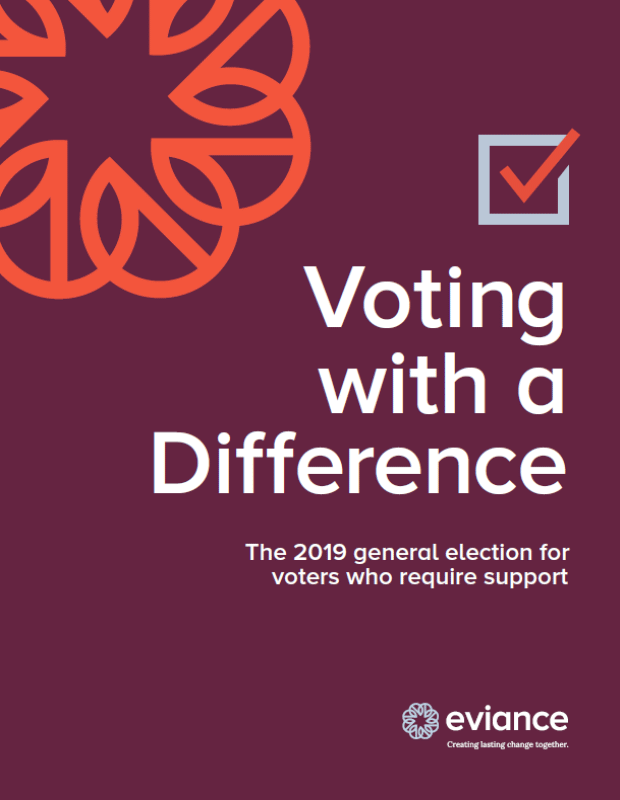
Download Voting with a Difference, our free, straightforward guide to voting in the 2019 federal election.
This will be useful to you if:
- • You need an accessible polling station or other support to vote
- • Even an accessible polling station won’t be the right option for you
- • You won’t be able to get to a polling station
- • You provide support to someone who has faced barriers to voting in the past or who will need some support so they can vote in the upcoming federal election.


